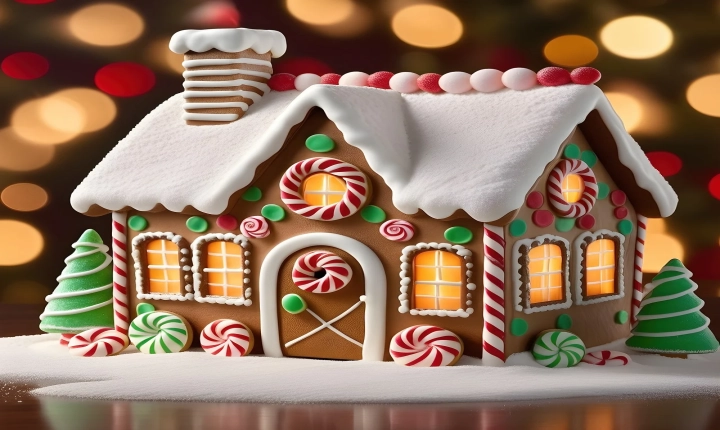Creating art with AI: A new frontier of artistic expression
Artificial intelligence has permeated nearly every aspect of modern life, and the realm of artistic expression is no exception. With the advancement of AI technology, artists now have the opportunity to collaborate with intelligent machines to produce stunning and thought-provoking works of art. Whether it’s generating digital paintings, composing music, or even creating sculptures, AI is opening up a new frontier of creativity.
One of the most widely known applications of AI in art is the use of generative adversarial networks (GANs), a type of neural network that consists of two competing systems: a generator and a discriminator. The generator creates new content (in this case, art) based on a set of training data, and the discriminator evaluates the generated content to determine if it is authentic or generated. Through this iterative process of creation and evaluation, GANs can produce remarkably realistic and original art pieces.
To create art using AI, artists typically start by feeding a large dataset of images, paintings, or other forms of art into the GAN system. The AI then learns the visual patterns, styles, and characteristics of the input data, and begins to generate new pieces based on this learned knowledge. This process can result in a wide range of artistic outputs, from abstract and surreal compositions to lifelike portraits and landscapes.
AI can also be used to assist in the creative process by generating new ideas and concepts for artists to explore. For example, AI can analyze a large corpus of existing artwork and identify trends, patterns, and themes that can inspire new artistic directions. By leveraging the computational power of AI, artists can tap into a vast reservoir of artistic influences and generate novel and imaginative pieces.
Moreover, AI tools can also aid in the technical aspects of art creation, such as digital rendering, color correction, and composition analysis. These tools can help artists streamline their workflow and focus more on the conceptual and emotive aspects of art-making, while leaving the repetitive and time-consuming tasks to the AI.
However, some artists raise concerns about the potential implications of AI in art, including questions about authorship, originality, and the nature of creativity itself. As AI systems gain the ability to create art that is indistinguishable from human-made works, the lines between human and machine creativity become increasingly blurred. Despite these reservations, many artists view AI as a valuable tool that can complement and enhance their artistic practice, rather than replace it.
In conclusion, the integration of AI in art creation offers a wealth of exciting opportunities for artists to explore new modes of expression and push the boundaries of traditional artistic practice. By harnessing the power of artificial intelligence, artists can access new sources of inspiration, expand their creative horizons, and produce groundbreaking works that challenge the conventional understanding of art. As AI continues to evolve, its role in the art world will undoubtedly grow, opening up new possibilities for innovation and collaboration in the realm of artistic creation.
